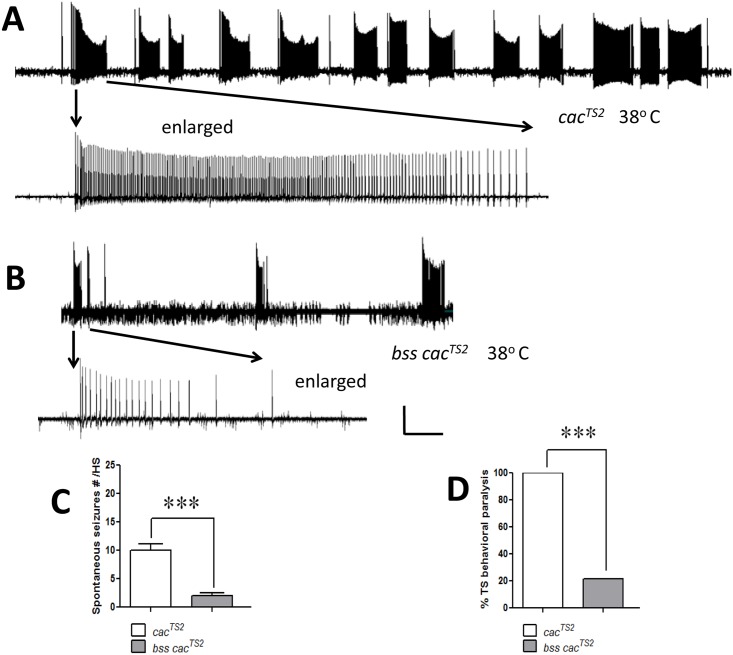Fig 5. Suppression of cacTS2 temperature-sensitive seizure-like activity by parabss1.
A. Spontaneous seizure-like activity observed in a cacTS2 single mutant when the temperature is increased from room temperature to 38°C, indicating that the mutant is seizure-sensitive at restrictive temperature. Recording shows a representative example of 13 spontaneous seizure-like discharges during HS. Enlargement (lower trace) shows one of the spontaneous discharges at a higher sweep speed. B. Spontaneous seizure-like activity is decreased in double mutant homozygous parabss1 cacTS2 at restrictive temperature. C. Number of spontaneous seizure-like activity evoked due to restrictive temperature and measured by electrophysiology. Compared to cacTS2, in homozygous parabss1 cacTS2 double mutant flies number of TS seizure-like activity is reduced by about a factor of 5 (white bar: 10 ± 1.2 events/3 min HS; n = 10; compared to gray bar: 2.5 ± 0.42 events/3 min HS; n = 20). D. Behavioral seizure-like activity is decreased in homozygous double mutant parabss1 cacTS2 flies at restrictive temperature. Compared to cacTS2 single mutants (white bar), parabss1 cacTS2 double mutants (gray bar) exhibit 5 fold decrease in TS seizure-like behaviors. Quantitative data are represented as mean ± s.e.m. ***P < 0.0001, based on unpaired student-t test (C) and chi-square test (D). Horizontal calibration: A. 15 sec, A (enlarged) 1 sec, B. 15 sec, B (enlarged) 1.5 sec. Vertical calibration: 10 mV.

